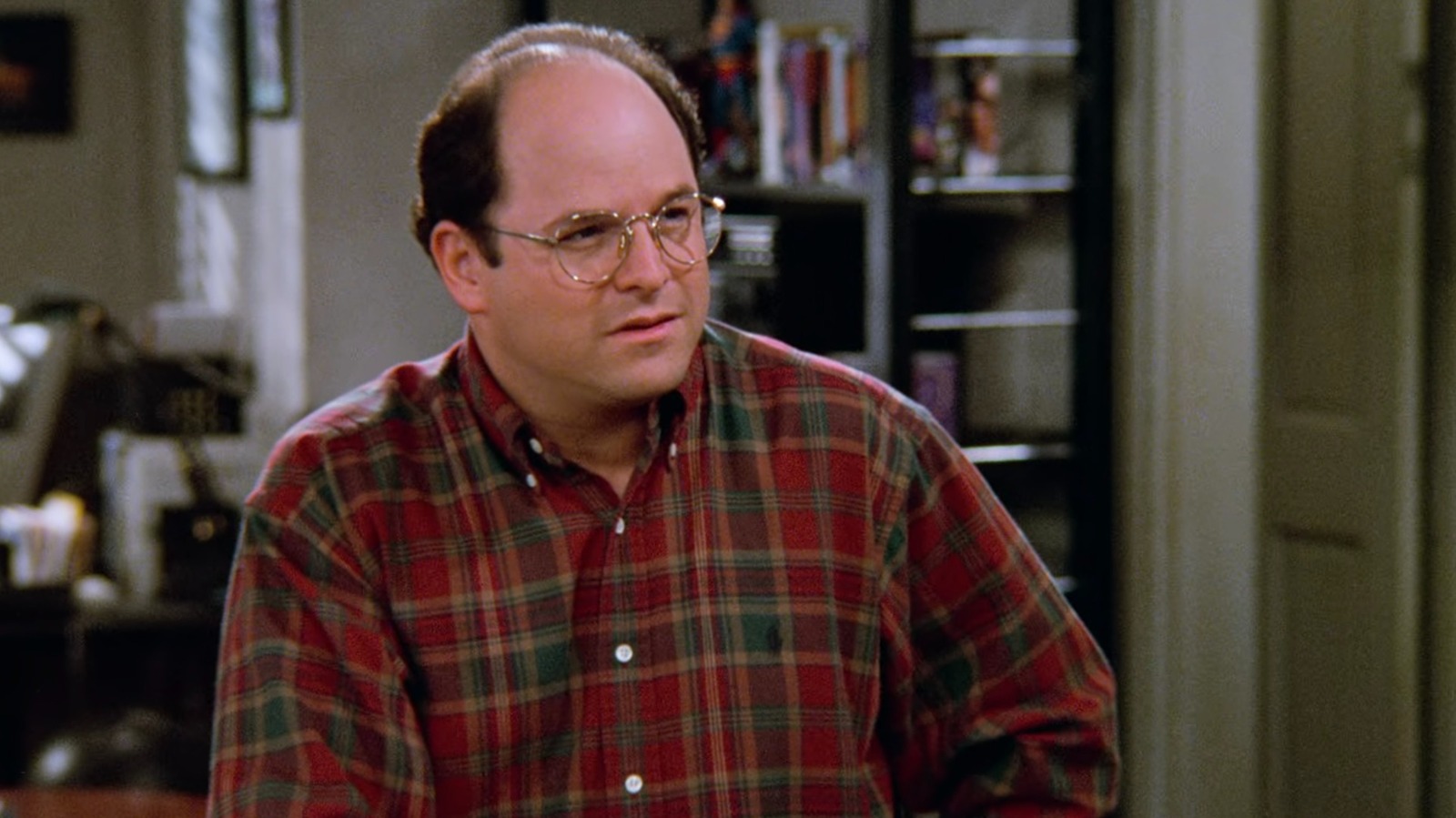Fashion
The powerful psychology of personal style – plus how to find yours

We might be confronted on a weekly basis by a different trend or TikTok ‘aesthetic’ to try, but all the best-dressed people in the world stick to what they know works best. Having really distinctive personal style is all about defining what suits you, and never venturing too far from it. Of course, this makes getting dressed every morning easier, and leads to a lot less stress when shopping – but, embracing your own uniqueness in fashion can actually have a positive impact on your mental health more generally.
According to the fashion psychologist Shakaila Forbes-Bell, standing out via your clothing is all about gaining validation, and this can boost your confidence and change the way that others interact with you.
“As humans, our desire to stand out is ingrained because achieving special recognition and validation boosts our self-image and increases our likelihood of being rewarded,” she explains. “So, it’s understandable that people are drawn to creating signature looks. Being memorable and easily recognisable not only provides social benefits, it can also boost your confidence.”
Forbes-Bell explains that having your own distinctive look or sense of style, one that is immediately recognisable to others, reflects an inherent desire to be special – and those seeking this out actually tend to have more emotional stability than those who don’t.
“A distinctive personal style reflects a desire to be unique,” she explains. “Studies have found that people who have a strong desire to be unique are more emotionally stable and satisfied with their lives than people with a low need to be unique.”
In a practical sense, having a strong sense of who you are, and how you want to portray yourself to the world, helps instil a sense of quiet confidence that is difficult to fake.
“I think it’s incredibly powerful,” says the celebrity stylist Aimee Croysdill, who works with Nicola Coughlan and Marisa Abela. “You can make it your blueprint, your identity. It’s really all about creating a visual representation of who you are on the inside; most of the people we see we’ll never actually get to engage with, so visually you can feel like yourself and be comfortable in your skin when walking down any street or entering any room. It gives you confidence – it’s like a body armour.”
“It can actually change your behaviour,” adds Libby Page, the market director at Net-a-Porter. “Having great personal style isn’t about looking good, it is about feeling like the truest version of yourself. Once you’ve defined what that is, sticking to it means that there is nothing that comes into your wardrobe that doesn’t make you feel your best.”
So, how do you work towards having personal style that truly reflects who you are on the inside? It is all about defining what makes you unique, outside of your wardrobe first.
“I would start by thinking about who you are as a person, and not just your style; ask yourself questions about things you love doing and the kind of person you are,” advises Page. “Personal style relates to the music you love, the restaurants you eat at, the books that inspire you – defining those things will help you carve out your fashion taste.”
Forbes-Bell believes that it might also be about developing confidence in yourself first, and that great personal style comes to those who naturally put themselves out there. Changing how you dress comes secondary to feeling good on the inside.
“People who have distinctive personal style tend to be those who are more active, social and extroverted,” she says. “Developing this for yourself is a case of first being willing to open yourself up to new experiences. Change your environment and change the content you’re viewing. Opening yourself up in this way will encourage you to be more liberal with your style. If you change your look without first tending to your mindset, you’ll feel like you are wearing a costume.”
Once you feel ready to make some changes, it is all about trial and error. The right fit and shape is really integral to looking good – and we are all different, so make an effort to understand your proportions, experiment with different colours and silhouettes, and you will soon understand what truly suits you. From there, you will automatically know what works and what doesn’t.
Also, consistency is key. “Having a simple format or template you stick to can be distinctive enough,” says Croysdill. “It doesn’t need to be crazy and out there. It can be very quiet in shape and colour – but if it’s consistent then it’s distinctive to you.”
It’s worth remembering that, while a uniform doesn’t have to be boring (we’re all aiming for an elevated capsule wardrobe full of extraordinary everyday pieces here), you shouldn’t be afraid of repeating silhouettes and outfit formulas. Don’t ignore what feels comfortable, and try not to be swayed by what social media says you should be wearing that month. As Croysdill says: “Repetition is the coolest form of fashion – it makes me think someone really feels confident in knowing what makes them feel good, and there’s nothing more attractive than someone who is comfortable in their own skin.”













